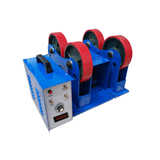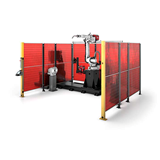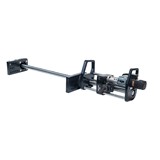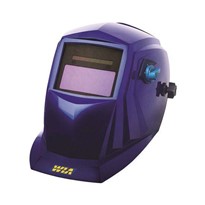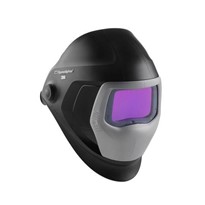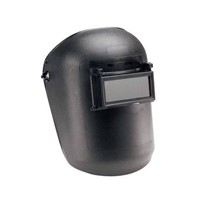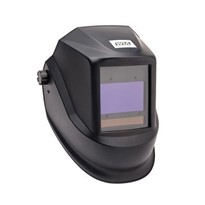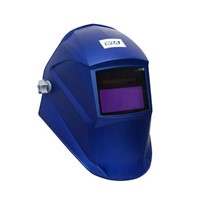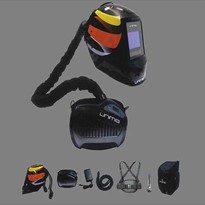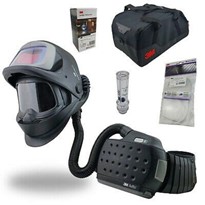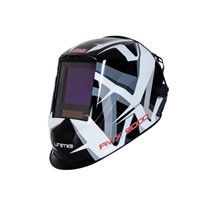In Australia welding and grinding are responsible for nearly a third of all eye injuries. Aside from the pain and inconvenience caused, that results in thousands of lost hours – as many as 26,000 by some estimates – and more than 500 hospitalisations every year.
For a busy construction or mining business that's a lot of downtime.
As you might expect a lot of these injuries occur when people don't wear protection. In a survey conducted by Monash University in Victoria, as many as half of those injured through welding-related activities and a third of those injured through grinding-related activities reported they didn't wear any eye protection.
But the fact remains that even with protection far too many people are getting injured. Why? Because they're relying on inappropriate or sub-standard equipment or simply not using it properly.
When welding the biggest risk is 'flash' or 'arc eye' – a sort of sunburn to the cornea caused by staring too long at harmful ultra violet rays (like arc light). Extremely painful and potentially debilitating.
When grinding you must be wary of a disc spinning at 7000-odd RPM or flying debris – normally hot shards of metal – which can easily be flicked underneath or through the sides of safety glasses and become embedded in the eye.
Frontline protection
So how can you protect yourself when welding or grinding? Put simply, by using the right tools for the job.
It's critical to choose the right equipment and that means wearing a proper, fit-for-purpose welding helmet that not only protects your eyes but also offers full facial and neck protection. This will reduce the impact of arc rays that can cause burning of the skin.
One of the reasons welders get injured is because they remove their protection too early. If you're welding for hours at a time or you're grinding in a hot and cramped environment, it's crucial that you're not itching to rip your helmet off the moment you've finished a weld.
There's certainly no reason why safety and comfort can't go hand in hand, so here's a simple checklist of things to consider…
'Ideal welding helmet' checklist
Look for something that:
- is comfortable and lightweight
- has a good sweatband to keep the sweat out of your eyes
- has a good field of view
- you'd feel happy wearing all day long
- is compliant to Australian Standards
- is auto-darkening and has adjustable shade settings
- has a minimum of two light sensors (more premium helmets have 4 sensors that will respond with greater sensitivity to changes in light)
- has a minimum reaction time of 1/20,000th second
- is made of durable hardwearing material (ideally high impact rated if you are going to use it for grinding as well)
- ideally allows you to change between welding and grinding modes at the single push of a button
- has easily replaceable batteries and possibly even solar assist – to prolong battery life


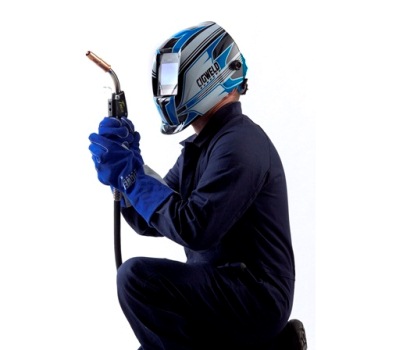

-160x160-state_article-rel-cat.png)

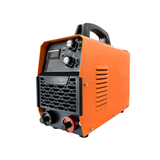



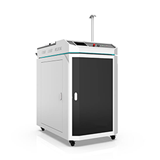





-160x160-state_article-rel-cat.png)



